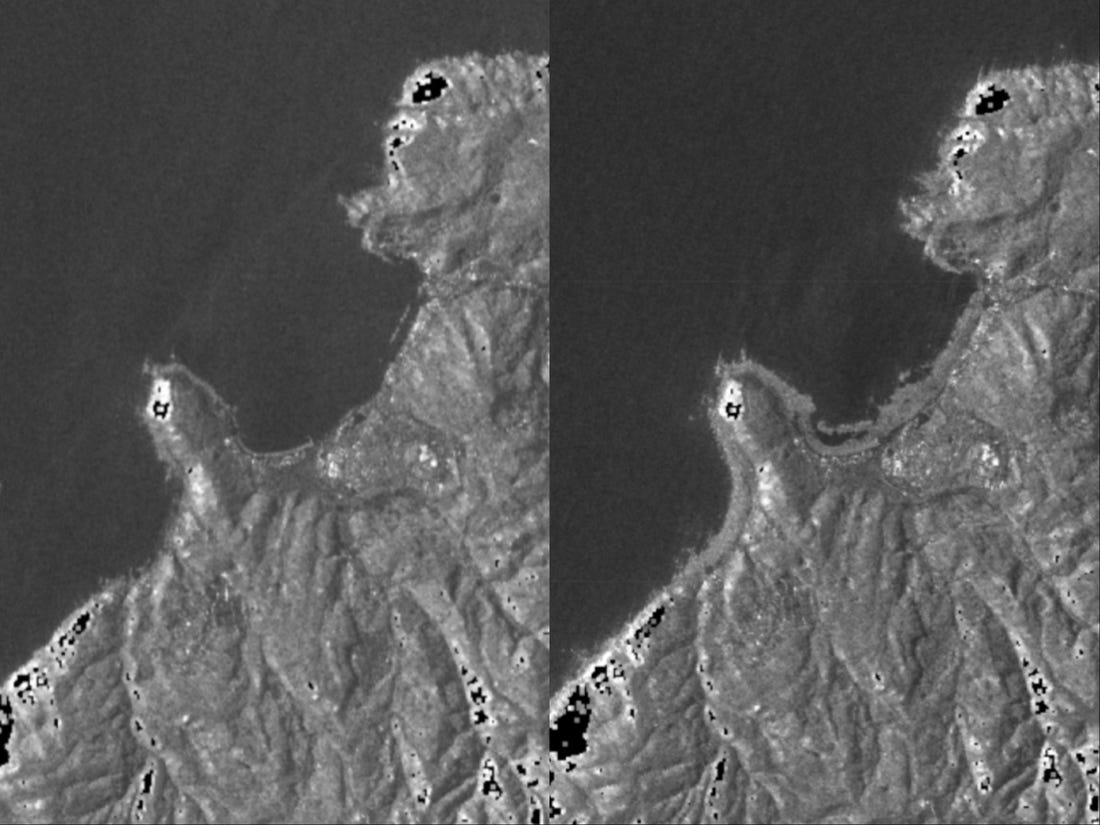Now, more than a year after her death at age 96 and the bitter battles over her fortune in the twilight of her life, her estate has been settled. And recently finalized court documents show that after doling out tens of millions to various people — including former housekeepers, other longtime employees and her wife — there will be at least $100 million left to support Native Hawaiian causes.
Legal wrangling over Kawānanakoa’s trust, which now has a value of at least $250 million, began in 2017 after she suffered a stroke. She disputed claims that she was impaired, and married Veronica Gail Worth, her partner of 20 years, who later changed her name to Veronica Gail Kawānanakoa.
According to documents establishing her foundation in 2001, Kawānanakoa wanted it to “maintain, support, preserve and foster the traditional Hawaiian culture in existence prior to 1778" — the year the first European explorer, Capt. James Cook, reached the islands. That includes Hawaiian music, religion, language and art.
These bright and unusually smooth spots dotting the moon's liquid methane and ethane oceans first showed up in observations by NASA's Cassini-Huygens spacecraft in 2013. At the time, astronomers were puzzled by the islands' unnerving ability to appear and disappear from observations over time, a quality that earned its enchanting nickname. Ever since, scientists have been trying to explain the mysterious phenomenon.
Now, according to a new study published in the journal Geophysical Research Letters, a team of researchers has come up with a potential answer: the islands are likely bits of porous, frozen organic solids bobbing on the surface of Titan's liquid oceans.

A region of the western Noto Peninsula in June 2023 (left) and January 2024 (right) showing coastal expansion after the earthquake.
The ball of neurons, known as an organoid, created in Guo's lab is less than a nanometer wide. It was connected by an array of electrodes to a circuit board, where machine-learning algorithms decoded responses from the organoid.
After a brief training period, Brainoware was able to distinguish between the voices of eight subjects based on their varying pronunciation of vowels. The system achieved an accuracy rate of 78%.
Brainoware was also able to successfully predict a Henon map, a mathematical construct in the field of chaotic dynamics, with greater accuracy than an artificial network.
Incredible development in the area of biocomputing, and either someone has a great sense of 1950s retro humor to call it brain-o-ware, or they are horrible at coming up with names. All that matters is that the research is astounding.
